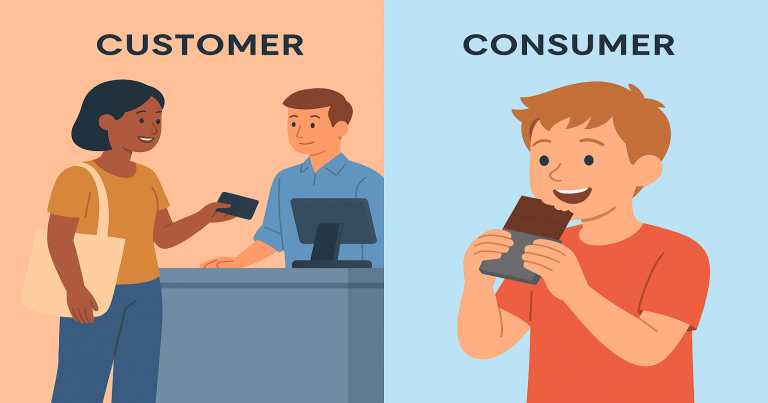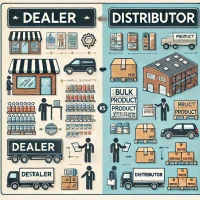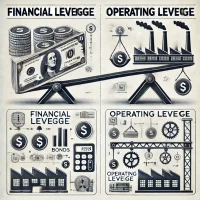In business and daily life, we often hear two words—customer and consumer. Many people think they are the same. But they are not. These two words have different meanings and roles. The difference between customer and consumer is not only a language point. It is also important in marketing, business plans, and customer service.
So, what is the basic difference? A customer is a person who buys a product or service. A consumer is the person who uses that product or service. Sometimes, both can be the same person. For example, if you go to a shop, buy a cold drink and then drink it, you are both the customer and the consumer. But sometimes, they are different. If a father buys toys for his son, the father is the customer, and the son is the consumer.
Understanding this difference helps businesses grow. It helps them make better products. It helps them talk to the right people. A company may sell baby food. The parents buy it, so they are the customers. But the baby eats it. The baby is the consumer. So, the company needs to satisfy both—the one who buys and the one who uses.
What Is a Customer?
A customer is a person who buys goods or services from a business. The customer pays the money. The customer may buy the product for themselves or others. They may use it, or they may not. The most important part is that they make the buying decision and complete the payment.
A customer compares prices, brands, features, and quality. Then they choose what they want. They may visit a shop or buy online. They may buy one or many times. Businesses must know their customers well. They must offer good service and support. If a customer is happy, they come back again. This helps a business grow.
Characteristics of a Customer
- Decides to buy
- Pays money for the item or service
- It can be a person or a company
- Can buy for themselves or someone else
- Interacts with the seller directly
Types of Customers
There are various customer types with respective characteristics and motivations that affect their buying behaviors. Identifying the various types is useful for businesses to design effective marketing strategies.
- New Customers: They are first-time customers. Companies target new customers with introductory discounts, promotion, or priority services.
- Loyal Customers: These customers consistently return to a specific business as a result of positive previous experiences or brand loyalty. They are the source of steady revenue and tend to be brand ambassadors.
- Discount Customers: Most driven by low prices, discount customers seek the cheapest prices. They would likely switch stores or brands if they could get a better price elsewhere.
- Impulse Buyers: These are buyers who purchase products or services on the spur of the moment on the basis of emotional appeal or situational prompts and not through planned decision-making.
- Need-Based Customers: Motivated by particular needs, such customers buy products or services fulfilling the current need. Once they satisfy their needs, they are not likely to repeat purchases unless another need develops.
Knowledge of different customer types enables businesses to develop strategies that satisfy each type’s penchant and behavior.
Example
Let’s say Riya buys a gift for her friend. She visits a gift shop, selects an item, and pays for it.
- Riya is the customer.
- Her friend is the consumer.
This shows that the person who pays is not always the one who uses it.
Who Is a Consumer?
A consumer is the one who uses the product or service. The consumer may or may not have paid for it. The main point is that the consumer is the end user. The consumer feels the quality, taste, comfort, or usefulness of the product. If the product is bad, they stop using it. If it is good, they may tell others about it.
Businesses need to satisfy consumers. If the consumer is not happy, they won’t use the product again—even if the customer bought it. For example, if a company makes clothes, the person who wears them is the consumer. The clothes must fit well and be comfortable.
Characteristics of a Consumer
- Uses or consumes the product
- May not have paid for it
- Can give feedback based on usage
- Can influence future buying decisions
- Plays a role in product design
Types of Consumers
Just as there are various categories of customers, there are also various categories of consumers. These consumers differ in their needs, purchasing behavior, and reasons for purchasing, and it is for this reason that companies need to study and know them.
- Individual Consumers: These are persons who buy goods and services for private consumption, which is usually influenced by the subjective influence of choice, convenience, and enjoyment.
- Business Consumers: Business consumers are organizations or a business buying products for the purpose of resale, manufacturing, or use in operations. The buying process is rational, emphasizing quality, cost, and effectiveness.
- Discount-Oriented Consumers: Price-oriented discount-driven consumers look for sales first and will switch brands and stores at the drop of a hat for price savings.
- Loyal Consumers: These customers exhibit a liking for particular products or brands, choosing them repeatedly over others. Their brand loyalty may stem from perceived quality, historic satisfaction, or emotional connection.
- Environmental Consumers: Becoming more prevalent, these customers take decisions based on sustainability and the environment, prioritizing green products.
Recognizing various types of consumers, companies can modify their products, enhance customer satisfaction, and build brand loyalty.
Example
A school buys a set of chairs for students.
- The school is the customer.
- The students are the consumers.
They will use the chairs every day. If the chairs are uncomfortable, the students will complain—even though they didn’t buy them.
Difference Between Customer and Consumer
The difference between customer and consumer lies in their roles, relationship with the product, and interaction with businesses. While a customer is the purchaser of goods and services, the consumer is the end user who actually consumes or uses the product.
| Point of Difference | Customer | Consumer |
| Main Role | Buys the product or service | Uses the product or service |
| Payment | Pays money to the seller | Usually does not pay |
| Decision Making | Decides what to buy | Usually has no role in buying decision |
| Use of Product | May or may not use the product | Always uses the product |
| Example | Mother buys juice for her child | Child drinks the juice |
| Gives Feedback About | Price, packaging, delivery, service | Taste, quality, feel, ease of use |
| Relation with Seller | Directly deals with the seller or shop | May have no contact with the seller |
| Marketing Focus | Targeted with offers, ads, and discounts | Targeted through quality, design, and user experience |
| Loyalty Based On | Price, offers, easy shopping experience | Product quality, comfort, and usefulness |
| Type of Interaction | Before and during buying | After buying, during use |
| Repeat Action | Comes back to buy again if happy | Uses again and may recommend if satisfied |
| Support or Complaint | Asks for refund, return, or support | Shares usage issues or satisfaction with the product |
| Can Be the Same Person? | Yes | Yes |
Difference between Customer and Consumer FAQs
What is the difference between a customer and a consumer?
A customer is the one who buys the product, while a consumer is the end user who uses the product.
Can a person be both a customer and a consumer?
Yes, in many cases, the same person may be both the customer and the consumer, especially in personal purchases.
What are the types of customers?
Types of customers include new customers, loyal customers, discount customers, impulse buyers, and need-based customers.
Who is considered a consumer?
A consumer is an individual or group that uses or consumes a product, regardless of who purchased it.
Why is understanding customers and consumers important for businesses?
Understanding both helps businesses develop targeted strategies to improve satisfaction, retention, and market reach.


